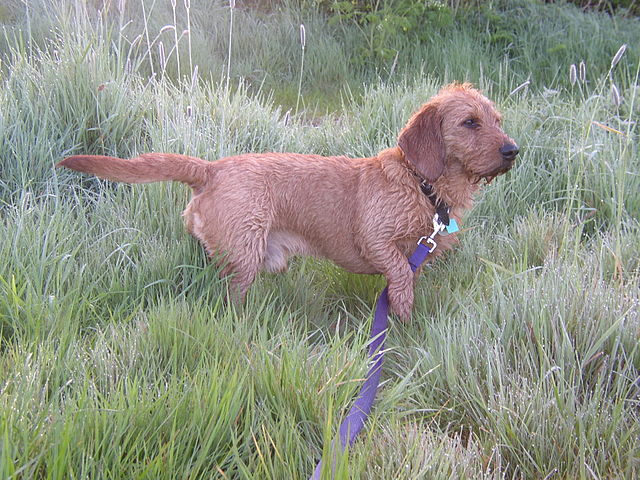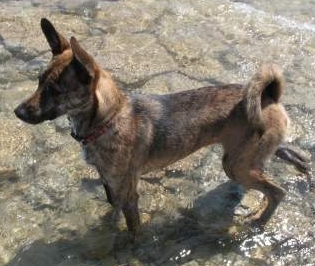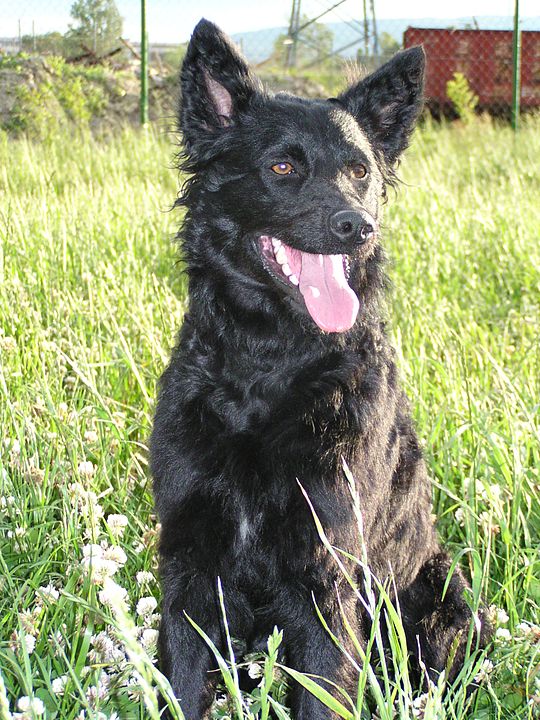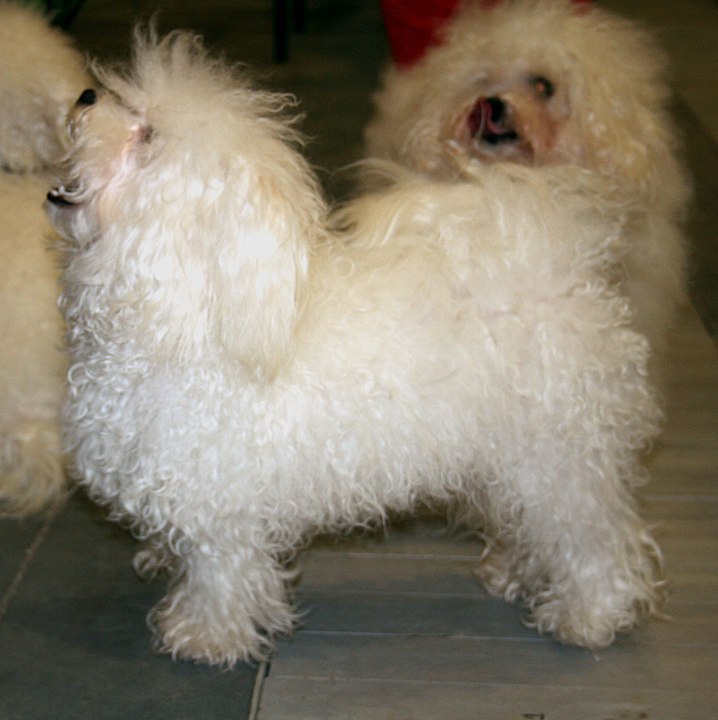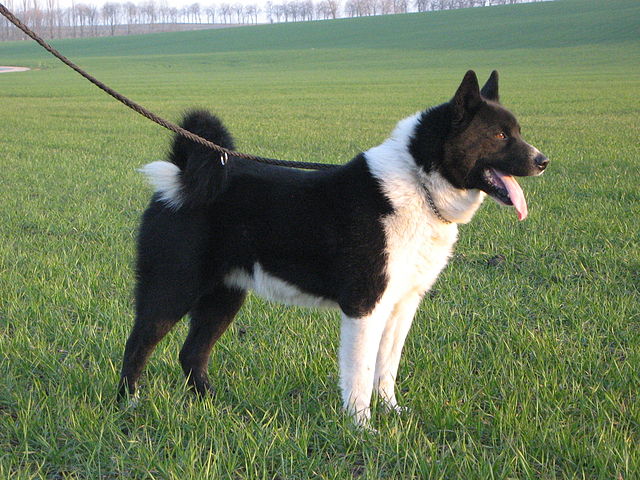The Stabyhoun is a Dutch breed whose name roughly translates to “stand by me”. The phrase alludes to the fact that the breed was (and still is) multi-faceted and used to work with man in a number of different ways – albeit in an independent fashion. Dutch farmers wanted a dog that didn’t have to rely on his owners 24/7 while he did his job. Originally the dogs were used for hunting moles, rats and hare, killing pests around the home, retrieving birds, and serving as watchdogs. Today, this alert worker has a curious nature and go-get-it attitude! He may end up getting himself in trouble if not provided with training and a job.
Because of his independent nature, the Staby needs consistent training and an experienced upbringing. In the hands of a novice, this dog may end up being quite difficult to own. Under experienced leadership, however, he can become a great dog very capable of learning and working! He is intelligent and learns quickly as long as the owner puts the work in and understands that this is not a push-button obedience breed. Furthermore, harsh training will get a trainer/owner nowhere – the breed will not work unless the trainer is being fair. There is a fine line between being a pushover and being too harsh – it is vital that a Staby owner understand that “sweet spot”.
The Staby can be a sensitive breed who doesn’t do well in loud or rowdy households. A home where couples have frequent screaming fights or even weekly football parties might be too much for this breed. If you can’t provide a generally calm household, it’s best to look elsewhere. In addition, neat freaks may want to pass on this breed as well. Although the coat will shed dirt and mud when dry, it will also shed fur on a moderately frequent basis (moreso twice a year during shedding season). An owner should either not mind dog hair, or be ready for frequent vacuuming!
Stabyhouns are gentle dogs who make affectionate companions. A “velcro” breed, he wants to be wherever his owner is… and usually as close as possible. While he might not necessarily love everyone he meets (in terms of strangers) he is usually friendly to all. He is also patient with children, whether they be family or acquaintances, although he will most likely let the child know when a boundary has been crossed! This can be a quiet breed, although one which will bark when someone comes to the door. Some members are more vocal than others, and those who aren’t given enough things to do are almost always extra loud.
The active Staby needs regular exercise, both physically as well as mentally, for at least an hour a day. Ideally, along with walks/hiking/swimming (or a combination of all!) the dog is also given a job which makes him use his mind just as much as his body. Taking him hunting, introducing him to lure coursing, running in agility and/or teaching him scent games are all great choices for this gundog breed. Without these outlets he may become destructive, loud, and exceptionally frustrating to live with. Furthermore, like many breeds the Stabyhoun is social and needs to be around people. He doesn’t do well in homes where he is left alone for most of the day.
As he was originally used as a hunting breed, the Stabyhoun has a hunting instinct that most likely will show up whether or not he is used for this task! Digging up the garden looking for critters and/or chasing after squirrels and other small animals should be expected. As long as he has been socialized to cats, he can live uneventfully with them in the house although may chase that same cat if outside. While he can be “busy” outdoors, he tends to be an easygoing companion in the house – provided he is given physical and mental exercise, that is. The Stabyhoun is not as headstrong as some hunting breeds and tends to think before he acts. This cautious temperament is normal, although he should be completely socialized as a young puppy so that he doesn’t become too shy.
The Staby is a rare breed and a prospective owner will likely have to wait a while in order to get one. Currently, breeders are trying hard to increase the diversity in the gene pool and generally improve the health while retaining good temperaments. This means that owners interested in breeding are a high priority – assuming they are willing to learn and breed responsibly for the betterment of the Staby, and do so under strict guidelines. The preservation of the Staby as a breed is just as important to matching the right dogs to the right owners.
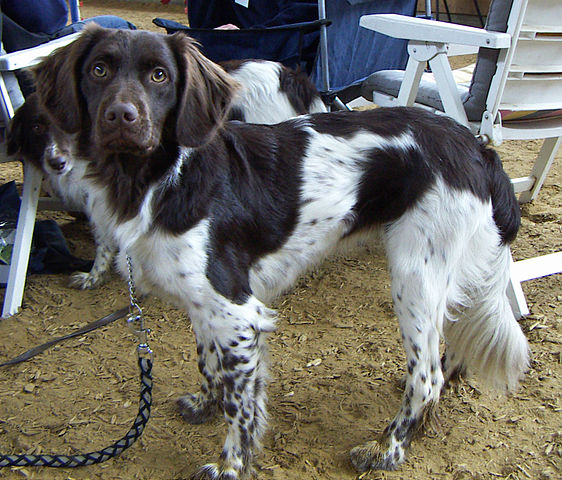
Photo CC BY-SA 3.0

